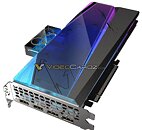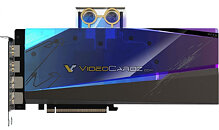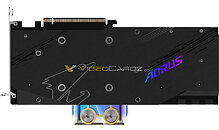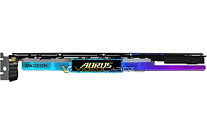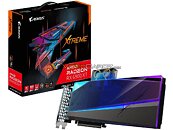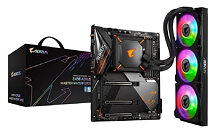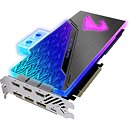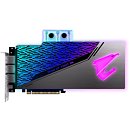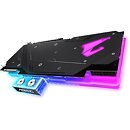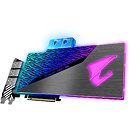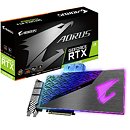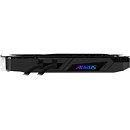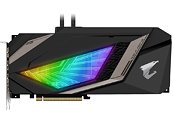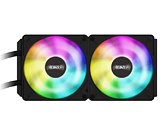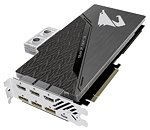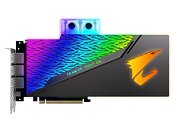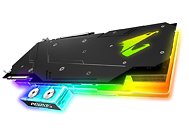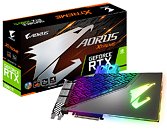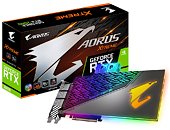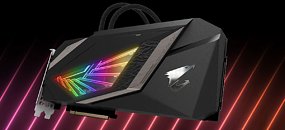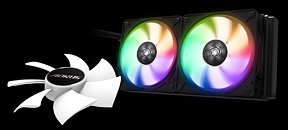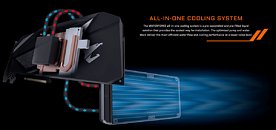
GIGABYTE Readies GeForce RTX 4070 Ti AORUS Xtreme WaterForce Series
GIGABYTE released liquid-cooled graphics cards based on the performance-segment GeForce RTX 4070 Ti. The company is catering to both the DIY liquid cooling and turnkey liquid cooling market segments with the RTX 4070 Ti AORUS Xtreme WaterForce series. The RTX 4070 Ti AORUS Xtreme WB comes with a factory-fitted full-coverage water block that you connect to your own liquid-cooling loop; while the RTX 4070 Ti AORUS Xtreme lugs an AIO liquid cooling solution.
The AORUS Xtreme WaterForce WB uses a nickel-plated copper full-coverage water block that's been tailored for the PCB layout underneath, with an acrylic top, and some vinyl decals. The acrylic top is studded with addressable RGB LEDs. The AORUS Xtreme WaterForce (AIO based) card, on the other hand, uses an AIO cooling solution with a design resembling that of the company's RTX 3080 AORUS Xtreme WaterForce. This card uses a purely-liquid cooling solution (unlike some other brands with an air+liquid hybrid design). The pump-block in the card is responsible not just for the GPU, but also the memory and VRM (over secondary base-plates). A 240 mm x 120 mm radiator is used, which should be just about enough for a 300 W TGP graphics card. GIGABYTE could formally launch these two cards very soon, as the press images are already out.
The AORUS Xtreme WaterForce WB uses a nickel-plated copper full-coverage water block that's been tailored for the PCB layout underneath, with an acrylic top, and some vinyl decals. The acrylic top is studded with addressable RGB LEDs. The AORUS Xtreme WaterForce (AIO based) card, on the other hand, uses an AIO cooling solution with a design resembling that of the company's RTX 3080 AORUS Xtreme WaterForce. This card uses a purely-liquid cooling solution (unlike some other brands with an air+liquid hybrid design). The pump-block in the card is responsible not just for the GPU, but also the memory and VRM (over secondary base-plates). A 240 mm x 120 mm radiator is used, which should be just about enough for a 300 W TGP graphics card. GIGABYTE could formally launch these two cards very soon, as the press images are already out.







